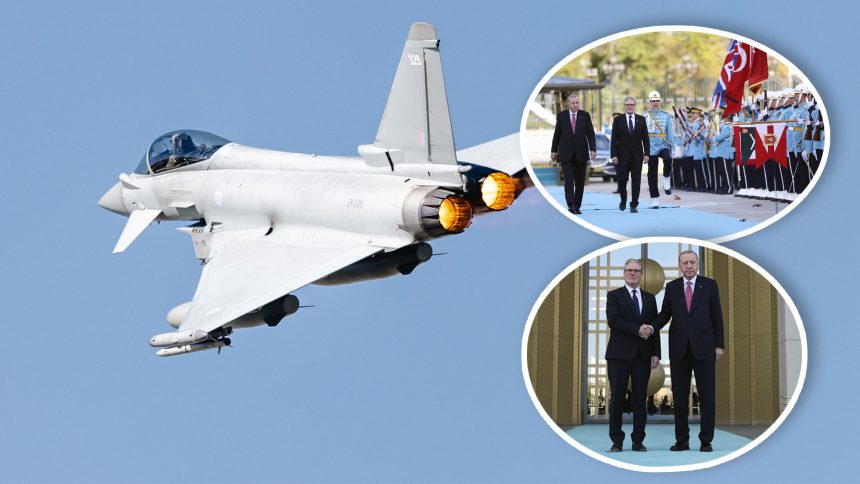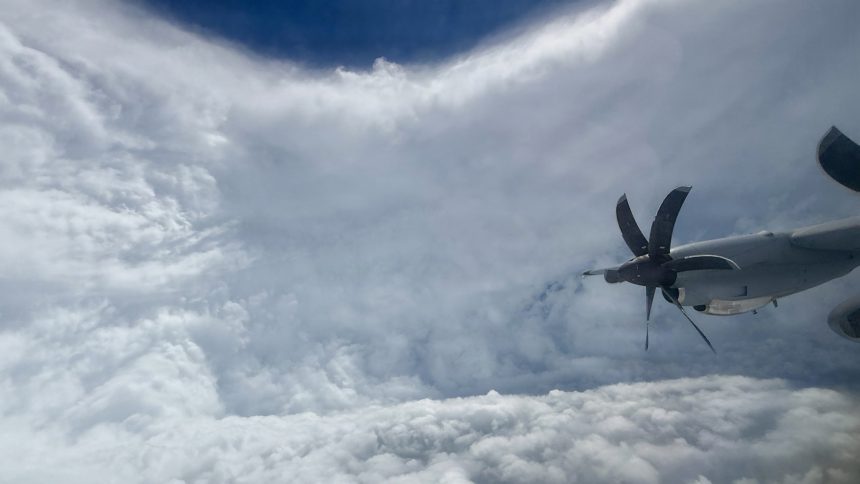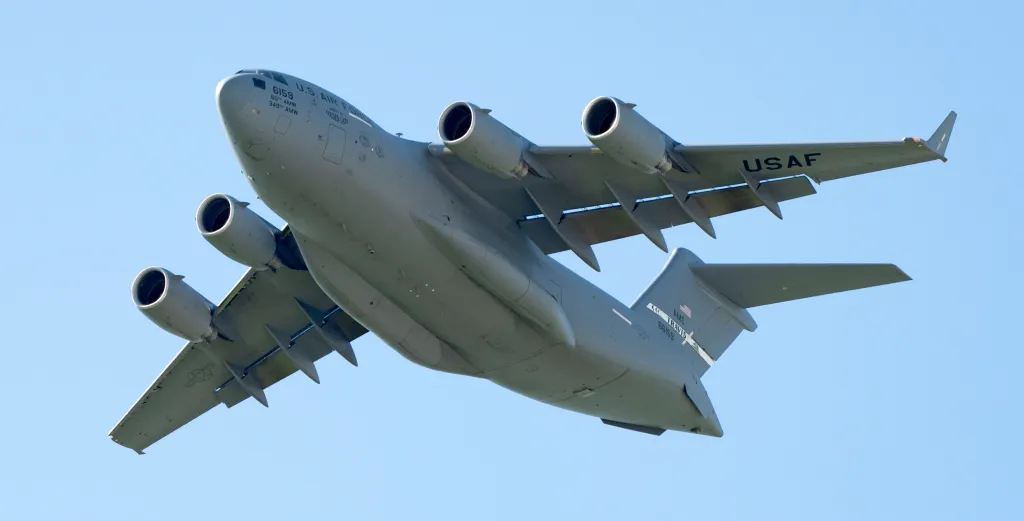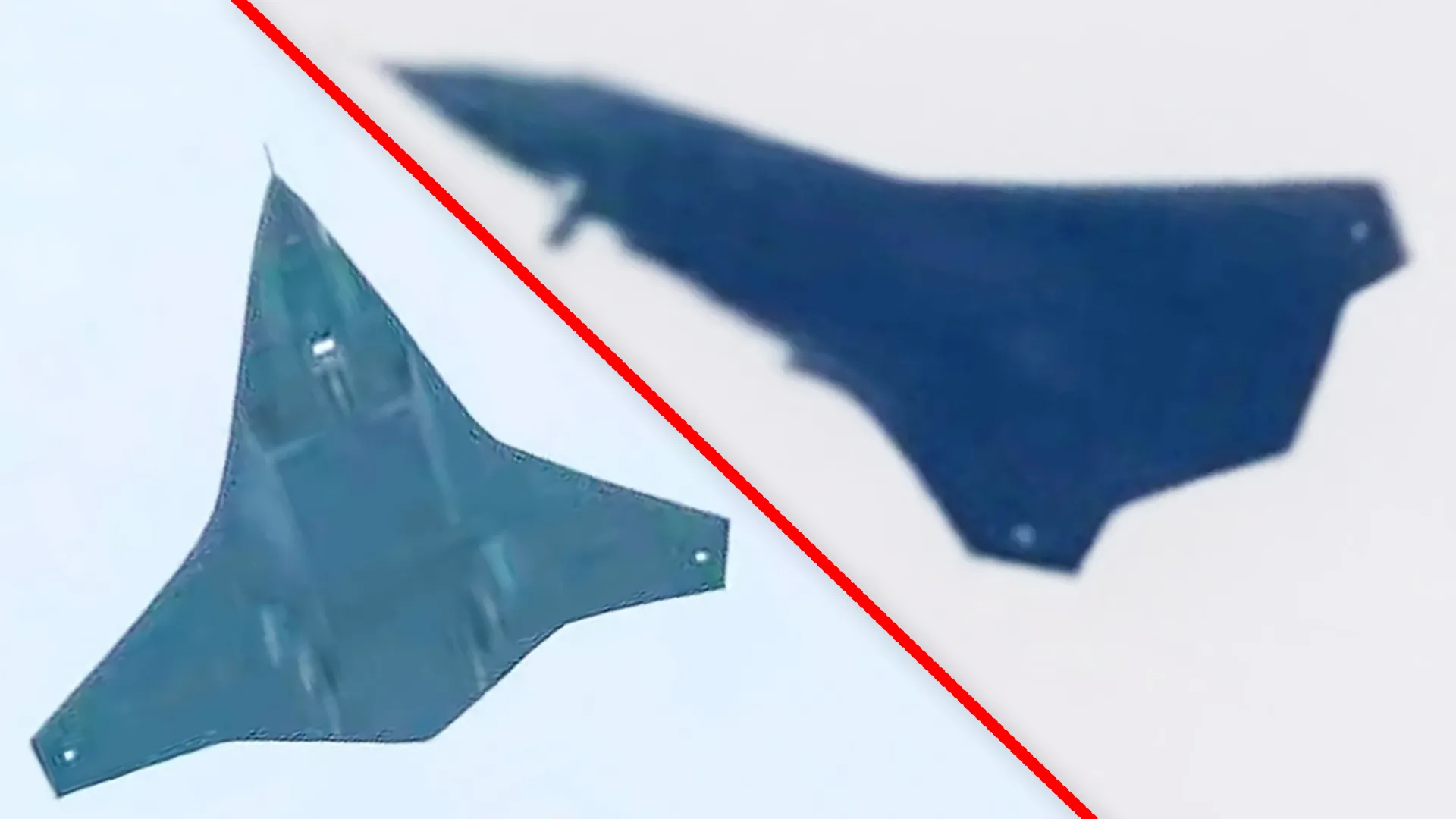In a widely anticipated yet strategically significant move, Türkiye has reportedly formalized an agreement to acquire a substantial number of Eurofighter Typhoon combat aircraft. This landmark deal, following protracted negotiations and extensive deliberation, marks a pivotal moment for Türkiye’s military modernization efforts and injects a considerable boost into the European defense industry. For the Turkish Air Force (Türk Hava Kuvvetleri, THK), the Typhoon represents a crucial upgrade, providing a potent 4.5-generation multi-role fighter that will significantly enhance its air superiority and strike capabilities amidst an increasingly complex regional security landscape.
Türkiye’s urgent need to modernize its fighter fleet has been a prominent defense issue for several years. The backbone of the THK’s combat air power has long been its extensive fleet of F-16 Fighting Falcons. While these aircraft have undergone upgrades, the imperative to acquire more advanced platforms to counter evolving threats and maintain technological parity with regional rivals has been clear. The exclusion of Türkiye from the F-35 Joint Strike Fighter program, a consequence of its decision to purchase Russian S-400 air defense systems, intensified this need, forcing Ankara to explore alternative solutions for its next-generation fighter requirements.
The Eurofighter Typhoon emerges as a compelling answer to this strategic void. Developed by a consortium of the UK, Germany, Italy, and Spain, the Typhoon is a highly agile, twin-engine, multi-role fighter that has proven its mettle in numerous international exercises and real-world operations. Its advanced capabilities include:
- Air Superiority: With a high thrust-to-weight ratio, superb maneuverability, and advanced air-to-air missiles, the Typhoon is designed to dominate the skies.
- Multi-Role Versatility: It can seamlessly switch between air-to-air and air-to-ground missions, carrying a diverse array of precision-guided munitions and sophisticated sensors.
- Advanced Avionics: Equipped with state-of-the-art radar (including AESA variants), electronic warfare suite, and data links, providing exceptional situational awareness.
- NATO Interoperability: As a standard NATO platform, the Typhoon ensures seamless integration and operational commonality with other allied air forces, critical for collective defense and joint operations.
The decision to acquire Typhoons underscores a pragmatic shift in Türkiye’s defense procurement strategy. Faced with constraints on acquiring U.S.-made fifth-generation aircraft, Ankara has turned to European partners, highlighting the strength and capabilities of the European defense industry. While the exact number of aircraft and the precise configuration remain subject to confirmation, reports suggest a substantial order, likely involving a phased delivery and potentially significant industrial cooperation.
This deal carries profound implications for all parties involved:
- For Türkiye: It provides an immediate and substantial boost to the THK’s capabilities, ensuring it can effectively operate in contested airspace and project power. It also offers a viable pathway for fighter modernization while its indigenous TF-X Kaan fifth-generation fighter program continues its development. The acquisition also diversifies Türkiye’s defense sources, reducing over-reliance on a single supplier.
- For the Eurofighter Consortium (and particularly the UK and Germany, as key industrial partners): This is a major export win, injecting significant funds into their respective aerospace industries and supporting high-skill jobs. It reaffirms the Typhoon’s continued relevance and competitiveness in the global fighter market, even as fifth-generation aircraft become more prevalent. Securing a sale to a prominent NATO ally like Türkiye is a powerful endorsement of the platform.
- For NATO: The deal enhances the overall strength and interoperability of the alliance’s air power. A stronger, more modern Turkish Air Force contributes directly to NATO’s collective defense capabilities, particularly on its southern and eastern flanks, which are strategically vital regions.
The negotiations leading to this agreement were reportedly complex, involving not only economic and technical considerations but also geopolitical sensitivities among the consortium partners. Overcoming these hurdles to finalize the deal is a testament to the strategic importance placed on this acquisition by both Türkiye and the Eurofighter nations. This suggests a renewed focus on practical defense cooperation and alliance solidarity.
Looking ahead, the integration of the Eurofighter Typhoons into the Turkish Air Force will be a multi-year process involving extensive pilot and ground crew training, infrastructure upgrades, and the establishment of robust logistics and maintenance support. However, once operational, these aircraft will provide Türkiye with a highly capable and versatile air combat platform, ready to meet the demands of modern warfare. This acquisition is more than just a purchase of fighter jets; it’s a strategic realignment, solidifying Türkiye’s defense posture and strengthening its ties within the broader European defense architecture.




